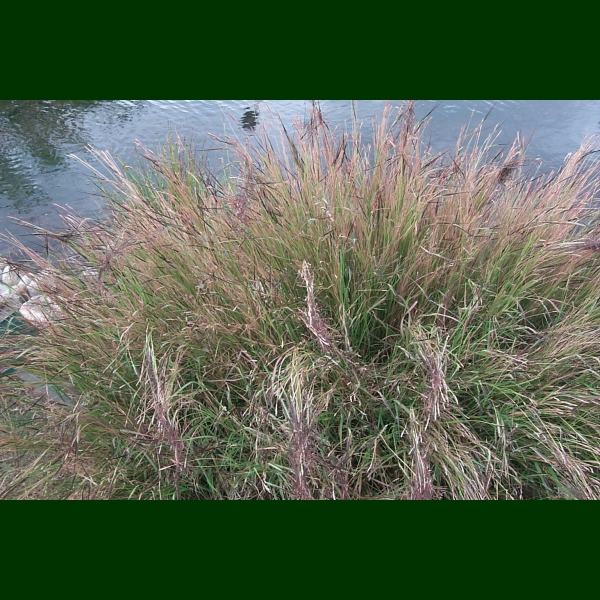 Hawaiian Name(s): pili, lule
Hawaiian Name(s): pili, luleScientific Name: Heteropogon contortus
Vernacular Name: tanglehead, twisted beardgrass, pili grass
Family: Poaceae
Status: indigenous?
Authority: (L.) P.Beauv. ex Roem. & Schult.
Description: Grass (perennial), sheaths 6-10 cm long.
Habitat Formerly widespread on dry rocky cliffs, ledges or slopes close to ocean exposure from 0-700 m on all main islands (Wagner et al. 1990:1550–1551).
Medicines: Pili is an ancillary ingredient to treat ‘ea or pa‘ao‘ao. The ashes of ‘awa sediment (Piper methysticum) are mixed with pili and blacked kukui nut (Aleurites moluccana). The items are mixed together and then smeared on tongue. Applications are done 3-5 times a day until the infection is gone (Chun 1994:54–55).
Non Medicinal Uses: Favorite plant for main thatch of buildings (Malo 1951:23,121,124); sometimes used on hula altars (kuahu) (Pukui 1942).
Specific gravity of wood: unknown
Famous Locations:
Mele: "Lau o ke pili ko‘u hale ia" line in "Pa‘ahana" (Elbert & Mahoe 1970)
`Ōlelo Noeau:
Dye Color and Parts: Black (charcoal of leaf blades)
Kino lau:
Location on Bishop Museum Kalihi Campus:
Propagation Information: Native Plants Hawaii.
Seed: Seed length approximately 3.5-4 mm. Photograph: B.Kennedy.

